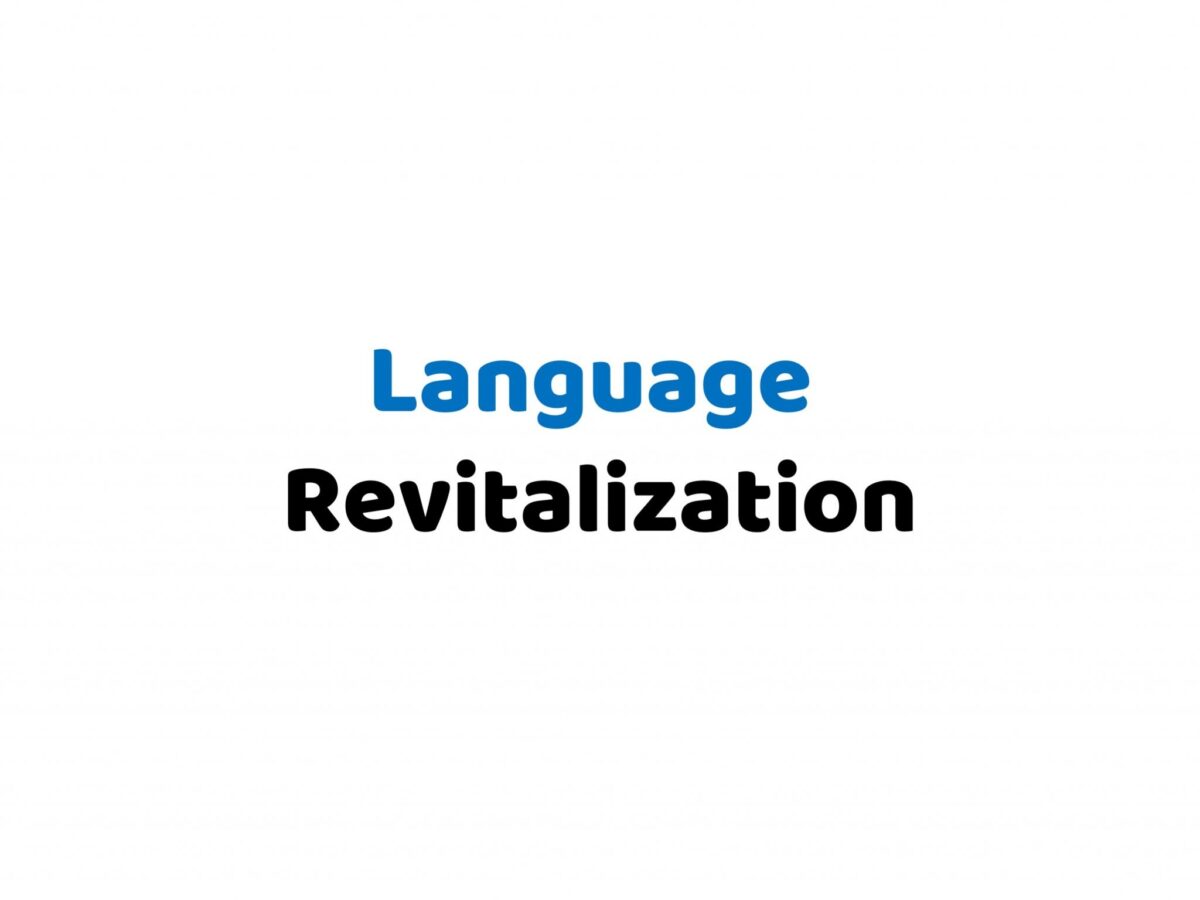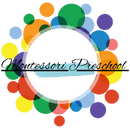
Language revitalization doesn’t just target endangered languages, but it can also attempt to revive languages that have long been extinct. While each case has unique goals, the primary objective is to expand the number of speakers and preserve the language from extinction or language death. The motivations behind language revitalization vary, ranging from physical danger threatening communities whose languages are dying to economic dangers, political risks, or cultural assimilation. It’s a response to preserving heritage, preventing exploitation, and safeguarding cultural diversity.
Language revitalization is a fascinating subfield of linguistics that has emerged relatively recently. Its purpose is to reverse the extinction of languages by implementing strategies and initiatives to halt the decline and revive languages on the verge of vanishing. Furthermore, language revitalization has profound effects on the well-being of communities and individuals. By restoring and strengthening cultural connections and fostering pride in their heritage, tribes and community members experience a sense of belonging and overall improved well-being.
The Importance of Language Revitalization
Language revitalization holds the power to breathe new life into endangered languages, preserving cultural heritage, and promoting inclusivity. It is a dynamic and crucial endeavor that reflects the significance of linguistic diversity in our world. Here are some key insights into the importance of language revitalization:
Preserving Cultural Heritage
Language is not just a means of communication; it serves as a repository of a community’s history, traditions, and cultural values. When a language is lost, an entire cultural identity is at risk of fading away. Language revitalization ensures that future generations have access to their cultural heritage, allowing them to connect with their ancestors and maintain a strong sense of identity.
Promoting Inclusivity
Language revitalization plays a crucial role in promoting inclusivity by providing a platform for marginalized communities to be heard. When endangered languages are revived and given equal recognition, it paves the way for greater linguistic and cultural diversity. Inclusivity is essential for fostering a more equitable society where every voice is valued and respected.
Enhancing Cognitive Abilities
Language learning has numerous cognitive benefits. It improves memory, problem-solving skills, and enhances overall brain function. When communities participate in language revitalization efforts, they are not only preserving their culture but also reaping the cognitive benefits that come with language acquisition.
Strengthening Community Bonds
Language serves as a powerful tool for fostering social cohesion and strengthening community bonds. By revitalizing endangered languages, communities can create a shared sense of belonging and unity. Language becomes a medium through which they can express their collective experiences, stories, and values.
Economic Opportunities
Language revitalization can open up economic opportunities for communities. For instance, preserving and promoting indigenous languages can help attract tourists interested in experiencing unique cultural traditions. Additionally, language skills can be leveraged by community members in fields such as translation, interpretation, and cultural tourism, providing avenues for economic growth.
Strategies for Language Revitalization
Language revitalization requires a comprehensive and strategic approach. Here are some effective strategies used by linguists and community organizations:
Documentation and Preservation
Before any revival efforts can begin, it is crucial to thoroughly document and preserve the endangered language. This involves recording native speakers, documenting vocabulary, grammar, and cultural contexts. It ensures that even if only a few speakers remain, their knowledge can be passed down to future generations.
Language Immersion Programs
Language immersion programs play a vital role in creating new speakers and revitalizing endangered languages. These programs immerse participants in the language and culture, offering intensive language instruction combined with cultural activities. They are often designed for both children and adults, fostering intergenerational transmission of the language.
Collaboration with Native Speakers
Native speakers are the key to language revitalization. Collaborating closely with native speakers ensures that their knowledge and expertise are valued and incorporated into the revitalization efforts. Their input is vital for maintaining the authenticity and accuracy of the revived language.
Digital Technologies
In today’s digital age, technology offers innovative solutions for language revitalization. Digital tools can aid in language documentation, preservation, and dissemination. Mobile apps, online platforms, and social media can be utilized to connect language learners, provide access to resources, and create virtual communities where language skills can be practiced and shared.
Supportive Policies and Funding
Effective language revitalization requires governmental support and funding. Governments can play a crucial role by enacting policies that recognize and protect endangered languages. Allocating resources for language education, documentation, and community-driven initiatives can significantly contribute to the success of language revitalization efforts.
The Impact of Language Revitalization
Language revitalization has far-reaching effects on the well-being of individuals and communities. Here are some key impacts of language revitalization:
Sense of Belonging and Identity
Revitalizing endangered languages instills a sense of belonging and pride within communities. When individuals can communicate in their native language, they feel a stronger connection to their cultural heritage and a deeper sense of identity. Language becomes a symbol of cultural resilience and survival.
Improved Educational Outcomes
Language revitalization can positively impact educational outcomes for children. Research suggests that students who receive education in their native language perform better academically and have higher levels of self-esteem. When children are taught in a language they understand, they are more likely to engage actively in the learning process and develop a strong foundation for future success.
Mental Health and Well-being
Language has a profound impact on mental health and well-being. Individuals who are disconnected from their native language and heritage often experience a sense of loss and cultural isolation. Language revitalization helps combat these feelings by providing a platform for cultural expression and strengthening social connections, promoting overall mental well-being.
Cultural Preservation and Diversity
Language revitalization is closely tied to the preservation of cultural diversity. When endangered languages are revived, it ensures that unique cultural practices, knowledge, and traditions are preserved for future generations. This diversity enriches society as a whole, fostering mutual respect, understanding, and intercultural dialogue.
Conclusion
Language revitalization is a powerful endeavor that holds the key to preserving endangered languages, fostering cultural diversity, and promoting inclusivity. By implementing effective strategies and initiatives, linguistic experts, communities, and governments can ensure that languages on the brink of vanishing are revived and that future generations have access to their cultural heritage. Language revitalization has profound effects on individuals and communities, enhancing well-being, and creating a sense of pride and belonging. The preservation of linguistic diversity is crucial in maintaining a vibrant and culturally rich society.



